|
Your search criteria found 90 images Feature Name |
| My List |
Addition Date
|
Target | Mission | Instrument | Size |

|
2024-10-11 | Europa |
Europa Clipper |
1103x669x3 | |
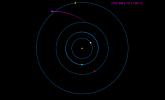
|
|||||

|
2024-10-11 | Europa |
Europa Clipper |
3840x2160x3 | |
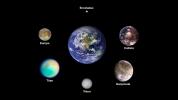
|
|||||

|
2024-09-09 | Europa |
Europa Clipper |
1921x1080x3 | |
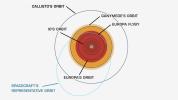
|
|||||

|
2022-11-17 | Jupiter |
Juno |
JunoCam |
2365x2365x3 |

|
|||||

|
2021-12-17 | Jupiter |
Juno |
JunoCam |
2930x1650x3 |

|
|||||

|
2016-06-24 | Jupiter |
Juno |
JunoCam |
1075x570x3 |
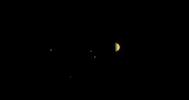
|
|||||

|
2011-04-08 | Saturn |
Cassini-Huygens Galileo |
Radar Mapper Solid-State Imaging |
1620x909x1 |
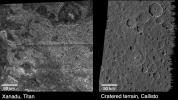
|
|||||

|
2011-02-18 | Solar System |
MESSENGER |
MDIS - Narrow Angle MDIS - Wide Angle |
2100x540x1 |

|
|||||

|
2007-05-01 | Jupiter |
New Horizons |
LORRI |
3000x2025x1 |
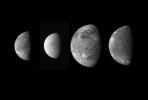
|
|||||

|
2007-04-09 | Callisto |
New Horizons |
LORRI |
500x302x1 |

|
|||||

|
2005-06-08 | Titan |
Cassini-Huygens |
Visual and Infrared Mapping Spectrometer |
800x454x3 |

|
|||||

|
2005-01-07 | Iapetus |
Cassini-Huygens |
ISS - Narrow Angle |
1000x750x1 |
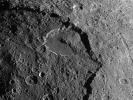
|
|||||

|
2005-01-07 | Iapetus |
Cassini-Huygens |
ISS - Narrow Angle |
2461x1440x1 |
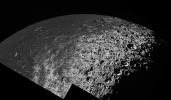
|
|||||

|
2004-08-12 | Mars |
2001 Mars Odyssey |
THEMIS |
1397x3052x1 |
|
|
|||||

|
2003-05-28 | Mars |
Mars Global Surveyor (MGS) |
Mars Orbiter Camera (MOC) |
388x583x3 |

|
|||||

|
2003-05-22 | Jupiter |
Mars Global Surveyor (MGS) |
Mars Orbiter Camera (MOC) |
4655x961x3 |

|
|||||

|
2002-10-17 | Callisto |
Galileo Voyager |
VG Imaging Science Subsystem Solid-State Imaging |
8860x4490x3 |
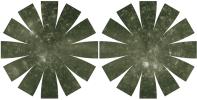
|
|||||

|
2001-11-29 | Callisto |
Galileo |
Solid-State Imaging |
1280x774x1 |
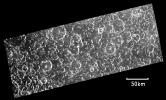
|
|||||

|
2001-08-22 | Callisto |
Galileo |
Solid-State Imaging |
740x753x3 |

|
|||||

|
2001-08-22 | Callisto |
Galileo |
Solid-State Imaging |
2000x1510x1 |
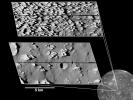
|
|||||

|
2000-12-21 | Jupiter |
Cassini-Huygens |
Imaging Science Subsystem |
846x1016x3 |

|
|||||

|
2000-11-06 | 4206x3306x3 | |||
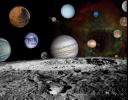
|
|||||

|
2000-08-03 | Ganymede |
Galileo |
Solid-State Imaging |
2133x1600x3 |
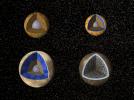
|
|||||

|
2000-05-25 | Ganymede |
Voyager |
VG ISS - Narrow Angle |
1594x797x1 |
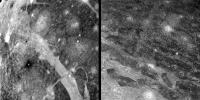
|
|||||

|
2000-05-25 | Ganymede |
Voyager |
VG ISS - Narrow Angle |
786x1722x1 |
|
|
|||||

|
2000-05-25 | Callisto |
Voyager |
VG ISS - Narrow Angle |
797x797x1 |
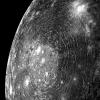
|
|||||

|
2000-05-23 | Rhea |
Voyager |
VG ISS - Narrow Angle |
396x388x1 |
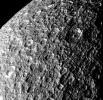
|
|||||

|
2000-04-24 | Callisto |
Voyager |
VG ISS - Narrow Angle |
800x800x1 |
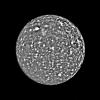
|
|||||

|
1999-10-07 | Callisto |
Galileo |
Solid-State Imaging |
1440x669x1 |
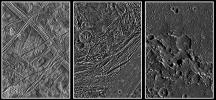
|
|||||

|
1999-10-07 | Ganymede |
Galileo |
Solid-State Imaging |
1078x900x1 |
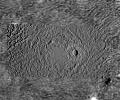
|
|||||

|
1999-10-07 | Ganymede |
Galileo |
Solid-State Imaging |
590x900x1 |

|
|||||

|
1999-10-07 | Callisto |
Galileo |
Solid-State Imaging |
449x449x1 |

|
|||||

|
1999-03-23 | Europa |
Voyager |
VG ISS - Narrow Angle |
790x790x1 |
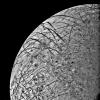
|
|||||

|
1999-03-15 | Callisto |
Voyager |
VG ISS - Narrow Angle |
300x300x1 |
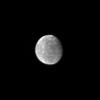
|
|||||

|
1999-03-15 | Callisto |
Voyager |
VG ISS - Narrow Angle |
300x300x3 |
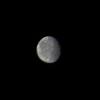
|
|||||

|
1999-03-13 | Ganymede |
Voyager |
VG ISS - Narrow Angle |
780x910x3 |

|
|||||

|
1999-03-06 | Callisto |
Voyager |
VG ISS - Narrow Angle |
600x640x3 |

|
|||||

|
1999-03-06 | Jupiter |
Voyager |
VG ISS - Narrow Angle |
1000x1000x3 |

|
|||||

|
1999-02-08 | Europa |
Voyager |
VG ISS - Narrow Angle |
864x922x1 |

|
|||||

|
1999-01-18 | Europa |
Galileo |
Solid-State Imaging |
988x900x1 |
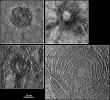
|
|||||

|
1998-12-07 | Callisto |
Galileo |
Solid-State Imaging |
1152x884x3 |

|
|||||

|
1998-12-07 | Callisto |
Galileo |
Solid-State Imaging |
1152x884x3 |
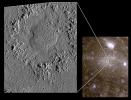
|
|||||

|
1998-10-30 | Jupiter |
Voyager |
2081x1654x3 | |
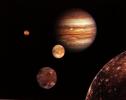
|
|||||

|
1998-10-21 | Callisto |
Galileo |
2220x1700x3 | |
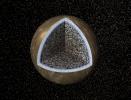
|
|||||

|
1998-10-13 | Callisto |
Galileo |
Solid-State Imaging |
6490x13101x1 |

|
|||||

|
1998-10-13 | Callisto |
Galileo |
Solid-State Imaging |
720x703x1 |
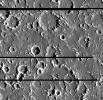
|
|||||

|
1998-10-13 | Callisto |
Galileo |
Solid-State Imaging |
800x799x1 |
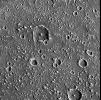
|
|||||

|
1998-10-13 | Callisto |
Galileo |
Solid-State Imaging |
1422x1252x1 |
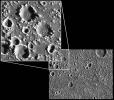
|
|||||

|
1998-10-13 | Callisto |
Galileo |
800x799x1 | |
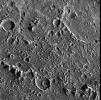
|
|||||

|
1998-09-15 | J Rings |
Galileo |
Solid-State Imaging |
2560x1920x3 |
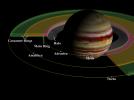
|
|||||

|
1998-05-08 | Io |
Galileo |
Solid-State Imaging |
1927x619x3 |

|
|||||

|
1998-05-08 | Io |
Galileo |
Solid-State Imaging |
1870x635x3 |
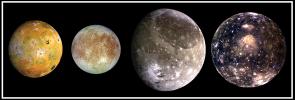
|
|||||

|
1998-05-08 | Callisto |
Galileo |
Solid-State Imaging |
749x344x3 |

|
|||||

|
1998-05-08 | Callisto |
Galileo |
Solid-State Imaging |
930x550x3 |
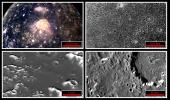
|
|||||

|
1998-05-02 | Jupiter |
Hubble Space Telescope |
WFPC2 |
600x700x3 |

|
|||||

|
1998-03-26 | Callisto |
Galileo |
Solid-State Imaging |
3600x3320x1 |
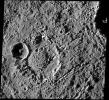
|
|||||

|
1998-03-26 | Europa |
Galileo |
Solid-State Imaging |
2000x1350x3 |

|
|||||

|
1998-03-26 | Callisto |
Galileo |
Solid-State Imaging |
1450x700x1 |
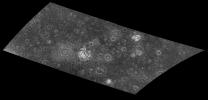
|
|||||

|
1998-03-26 | Callisto |
Galileo |
Solid-State Imaging |
1691x2231x1 |

|
|||||

|
1998-03-26 | Callisto |
Galileo |
Solid-State Imaging |
2170x1788x1 |
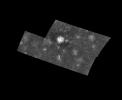
|
|||||

|
1998-03-26 | Ganymede |
Galileo |
Near Infrared Mapping Spectrometer |
1143x635x3 |

|
|||||

|
1998-03-26 | Callisto |
Galileo |
Near Infrared Mapping Spectrometer |
1065x863x3 |
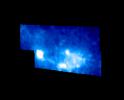
|
|||||

|
1998-03-26 | Callisto |
Galileo |
Solid-State Imaging |
600x650x1 |

|
|||||

|
1998-03-26 | Callisto |
Galileo |
Solid-State Imaging |
800x1075x1 |

|
|||||

|
1998-03-26 | Callisto |
Galileo |
Solid-State Imaging |
725x550x1 |
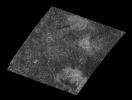
|
|||||

|
1998-03-26 | Callisto |
Galileo |
Solid-State Imaging |
800x800x1 |

|
|||||

|
1998-02-04 | Io |
Galileo |
Solid-State Imaging |
2290x1308x3 |
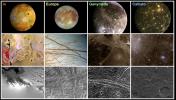
|
|||||

|
1997-12-18 | Callisto |
Galileo |
Solid-State Imaging |
2666x2000x3 |
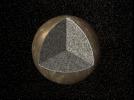
|
|||||

|
1997-12-18 | Callisto |
Galileo |
Solid-State Imaging |
1850x900x3 |
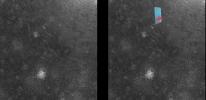
|
|||||

|
1997-12-18 | Callisto |
Galileo |
Solid-State Imaging |
317x800x3 |
|
|
|||||

|
1997-12-18 | Callisto |
Galileo |
Solid-State Imaging |
1099x1451x3 |

|
|||||

|
1997-12-18 | Callisto |
Galileo |
Solid-State Imaging |
2130x1065x1 |
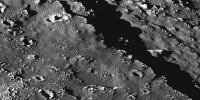
|
|||||

|
1997-12-18 | Callisto |
Galileo |
Solid-State Imaging |
1088x585x1 |
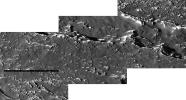
|
|||||

|
1997-12-18 | Callisto |
Galileo |
Solid-State Imaging |
800x780x1 |
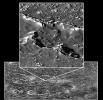
|
|||||

|
1997-12-18 | Callisto |
Galileo |
Solid-State Imaging |
1757x1905x1 |

|
|||||

|
1997-12-18 | Callisto |
Galileo |
Solid-State Imaging |
400x400x1 |
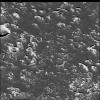
|
|||||

|
1997-12-18 | Callisto |
Galileo |
Solid-State Imaging |
400x400x1 |
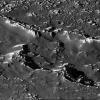
|
|||||

|
1997-12-10 | Callisto |
Galileo |
Solid-State Imaging |
1760x2200x1 |

|
|||||

|
1997-11-18 | Callisto |
Galileo |
Solid-State Imaging |
1200x1200x1 |
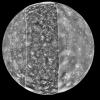
|
|||||

|
1997-11-18 | Callisto |
Galileo |
Solid-State Imaging |
1870x635x3 |

|
|||||

|
1997-11-18 | Jupiter |
Galileo |
Solid-State Imaging |
1053x1491x3 |

|
|||||

|
1997-11-17 | Callisto |
Galileo |
Near Infrared Mapping Spectrometer |
1800x1700x3 |
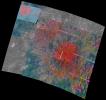
|
|||||

|
1997-11-17 | Callisto |
Galileo |
Near Infrared Mapping Spectrometer |
900x850x3 |
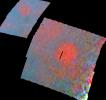
|
|||||

|
1997-11-17 | Callisto |
Galileo |
Solid-State Imaging |
1425x1625x1 |

|
|||||

|
1997-01-09 | Callisto |
Voyager |
VG ISS - Narrow Angle |
740x750x1 |

|
|||||

|
1996-09-26 | Europa |
Voyager |
VG ISS - Narrow Angle |
704x680x3 |

|
|||||

|
1996-09-26 | Callisto |
Voyager |
VG ISS - Narrow Angle |
800x800x3 |
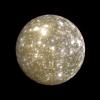
|
|||||

|
1996-08-12 | Callisto |
Voyager |
VG ISS - Narrow Angle |
2000x2000x3 |

|
|||||

|
1996-01-29 | Oberon |
Voyager |
500x500x3 | |
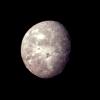
|
|||||

|
1996-01-29 | Io |
Voyager |
1160x1160x3 | |
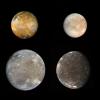
|
|||||
| Currently displaying images: 1 - 90 of 90 |